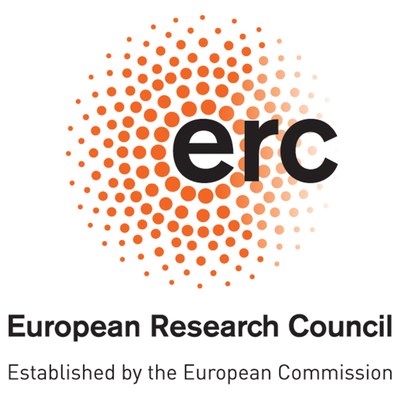International Symposium on c-di-GMP Signaling in Bacteria
General Information
Scope of the conference
Nucleotide second messengers are key components of the signal transduction networks that link sensory input with the regulatory output responses of all living cells. While research with bacteria has provided several early textbook examples such as cyclic AMP (cAMP) and (p)ppGpp, the astonishing diversity, mechanistic complexity and pervasive roles of bacterial second messenger signaling have become apparent only recently, when c-di-GMP was found as a ubiquitous 'life-style' signaling molecule that promotes adhesion and biofilm formation and antagonizes motility of single planktonic cells. Moreover, c-di-GMP also controls bacterial cell cycle progression, development and virulence. A series of important new concepts and discoveries has emerged from recent research on c-di-GMP signaling, including:
- a striking multiplicity of the enzymes that make and break c-di-GMP in many bacterial species
- highly specific local signaling based on specific direct protein-protein interactions by c-di-GMP-related enzymes that operate as trigger enzymes
- an unanticipated diversity of c-di-GMP-binding effector proteins and riboswitches that allow to control transcription initiation, termination/anti-termination, transcript processing and splicing, enzyme activities or the operation of larger cellular structures such as flagella or exopolysaccharide synthesis and secretion machineries
- 'Degenerate' versions of c-di-GMP-producing or degrading enzymes have lost enzymatic activities but have evolved regulatory functions based on direct macromolecular interactions
- novel bacterial second messengers with novel functions continue to be discovered, as e.g. c-di-AMP or c-GMP-AMP
All these molecular and physiological aspects of signaling by the new paradigmatic second messenger c-di-GMP were covered by the conference. In addition, recent research on the 'classical' bacterial second messenger cAMP and ppGpp as well as on ‘newcomers‘ such as c-di-AMP were presented.
Conference format
The conference featured 22 invited lectures, and 8 short talks selected from submitted abstracts and two afternoon poster sessions. Up to 120 participants have been accommodated. The conference started with dinner on March 22 and finished around noon on March 25, 2014.
Poster Prizes
Two poster prizes sponsored by Nature Reviews Microbiology were awarded for the best posters presented.
Special Issue of Journal of Bacteriology
A collection of minireviews and original research publications covering the scope of the symposium has been published in a special issue of Journal of Bacteriology (http://jb.asm.org/content/198/1.toc).
Funding
The conference was supported by the European Research Council under the European Union´s Seventh Framework Programme (ERC-AdG 249780 to Regine Hengge) and by the Deutsche Forschungsgemeinschaft.

